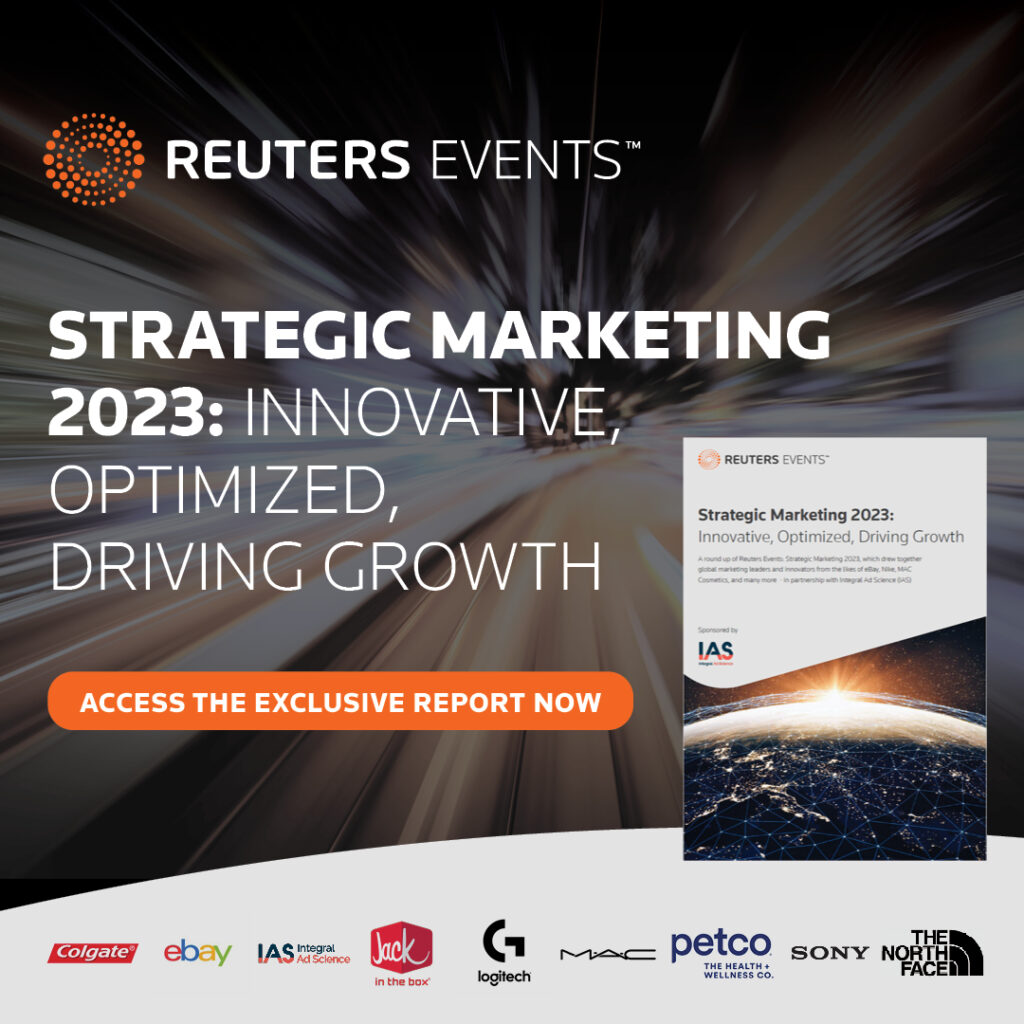The top 5 data clean room use cases for marketers
June 19, 2023Your organization’s valuable data needs to be stored somewhere, but any business using data to inform decisions knows it can’t be stored just anywhere. Just as you wouldn’t store expensive company equipment in an unsecured, unlocked room overnight, you don’t want to store data in any digital storage space. For readily accessible and secure use, a data clean room is a top solution. Data clean rooms —digital storage rooms for company data, typically provided as SaaS — serve a two-fold purpose: data analysis and data security.
Data clean rooms are a secure environment where marketers can —for example— review and analyze data related to their ads, gathered by an ad platform. The primary job of data clean room technology is to ensure that any personally identifiable information (PII) is removed or encrypted. It also has strict parameters on what types of information can be shared or exported from the room. This means high-quality customer experiences based on data you can trust, and loyalty (and greater LTV) from customers who trust you.
Here’s the problem. Despite the potential and widespread use of data clean rooms, less than one-third of marketers are leveraging their full capabilities. According to 2023 data from IAB via MarTech:
- Forty-seven percent of marketers are using clean rooms for data privacy, regulatory compliance and audience activation
- But 52% of DCR users say they are challenged when it comes to leveraging results and proving ROI
- Only 27% are taking advantage of data clean rooms’ attribution and ROI/ROAS measurement capacity, media/marketing mix modeling, or propensity modeling.
What’s going wrong?
Let’s step back: how do data clean rooms work?
Here’s an analogy to better explain how data clean rooms work: Imagine your customers occupying a closed room that you can’t access. You can interact with the customers from the other side of the room. They can respond and give you information, but you can never see who they are or know their identity. In this way, you can gain insights about your customers without them revealing any of their personal information. This keeps their information safe from unauthorized access or unlawful use.
Why are data clean rooms important?
Data clean rooms provide a single location for marketers to aggregate data and analyze user behavior. Different departments within a company or even multiple company subsidiaries can unite their data to form a comprehensive picture of their shared audience. With this information, companies can create more effective sales funnels and personalized customer journeys.
Just as importantly, data clean rooms encrypt all incoming data. Data clean room providers must also follow standardized national and international privacy laws, such as the EU’s General Data Protection Regulation. In turn, this helps companies stay compliant regarding data handling and usage.
5 common data clean room use cases for marketers
Here are ways customer-centric companies can implement data clean rooms to learn about their consumer behavior and pain points.
1. Compliance
Compliance laws vary nationally and are also subject to frequent updates. It can be tricky to determine what may constitute a violation. Since data room providers are required to follow compliance regulations, your company is in effect, in compliance by using their service. It’s a tremendous timesaver from having to review complex regulations and worrying about potential audits.
2. Anonymization
Get information on individual customers or groups of customers without knowing their identity. Even if the data contains personally identifiable information, that portion of data can be anonymized through encryption or hashing when it enters a clean room.
Anonymization is also a useful marketing point when it comes to protecting customer data privacy. A report from TechRepublic revealed that 86% of customers cited data privacy as a major concern when doing business with an organization. Put your customers’ minds at ease by highlighting your commitment to privacy and reassuring them their sensitive information is safe.
3. Profile enrichment
With data clean rooms, you can filter data. For instance, you can strip third-party data and solely analyze first-party data. Alternatively, you can layer third-party data on top of the existing first-party data for a bigger overview of customer profiles. This can prove to be invaluable for gaining strategic insights, such as the following:
- Customer group A prefers email message X but not email message Y
- Customer group B prefers product feature X over feature Y
- Customer group C has the highest likelihood of signing up for a loyalty program
Today, 71% of brand managers have difficulty maintaining an accurate customer profile over time, so prioritizing accurate and enriched profiles is as crucial as ever.
4. Customer overlap observation
Data clean rooms allow companies to collaborate and share data to determine what their customers have in common. The clean room also isn’t just a storage center—it has the latest cloud features, such as data filtering and metric analysis. Individual customers remain anonymous and are assigned ID numbers. Customers can be grouped according to these IDs based on shared behavioral traits even if they’re consumers from different organizations.
A travel company, for example, can share data with lodging companies to determine which customer demographics are likely to book hotel arrangements versus Airbnb. The hotel can then work with these groups to provide appropriate lodging offers for these varying customer demographics.
5. Score analysis
Companies can share score analysis to determine cross-collaboration profitability. Here’s an example scenario: Company A agrees to promote company B’s products in exchange for a commission for each referred sale. Company A, however, wants to know how much profit it can make in relation to the marketing cost and work required. Company B can provide this information by sharing data acquired using the clean room’s built-in algorithms. This includes data like customer lifetime value, purchase behavior, and browsing history. Data clean room advertising is fully automated and provides real-time data of metrics of your choosing.
Why Lytics? Data clean rooms are just the beginning.
Lytics’ Cloud Connect includes the features of a data clean room, while allowing you to build better audience segments for activation in your downstream marketing tools. Securely store customer data while adhering to privacy laws. Cross-collaborate between departments or affiliate companies in a joint effort to provide the best value for your shared customer base.
Even among leading brands already embracing and collecting first-party data ahead of the demise of third-party cookies in 2024, only 44% can gather data and leverage its value with a CDP to gain insight about customers. Let Lytics be the difference-maker.
This article was originally published on Lytics website. Click here to see the original blog post.


